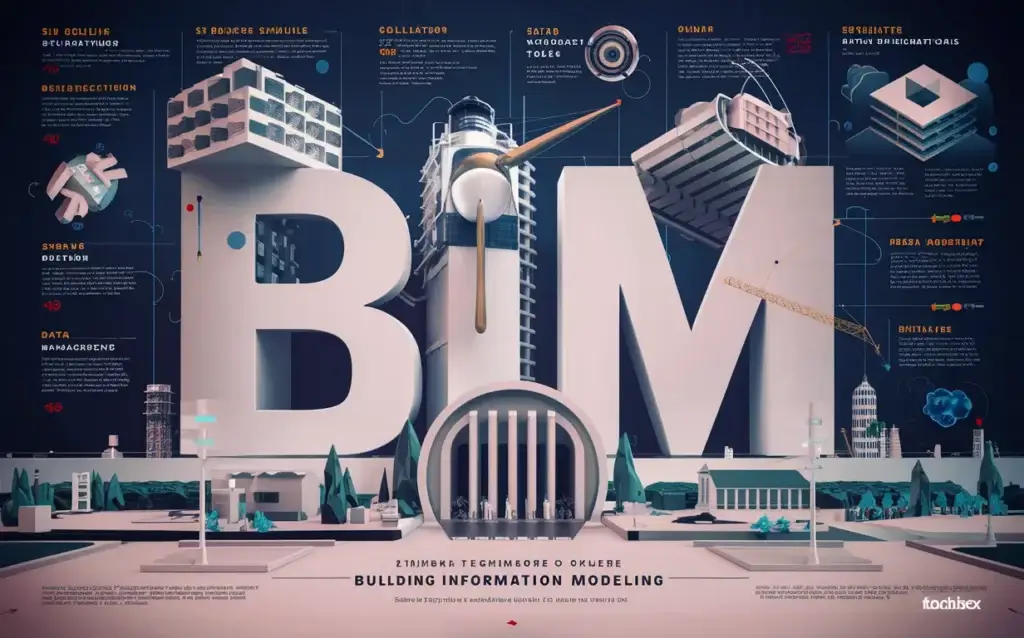Low-code vs. no-code: The most important differences
Low-code and no-code are innovative technologies in the field of software development. Low-code platforms enable developers to create applications with minimal manual programming effort through the use of visual development tools and ready-made components. No-code platforms go even further and allow people without programming skills to develop applications using drag-and-drop functions and ready-made templates. These technologies are becoming increasingly important as organisations drive their digital transformation and cope with the growing demand for applications. Low-code and [...]
Low-code vs. no-code: The most important differences Read more »

















